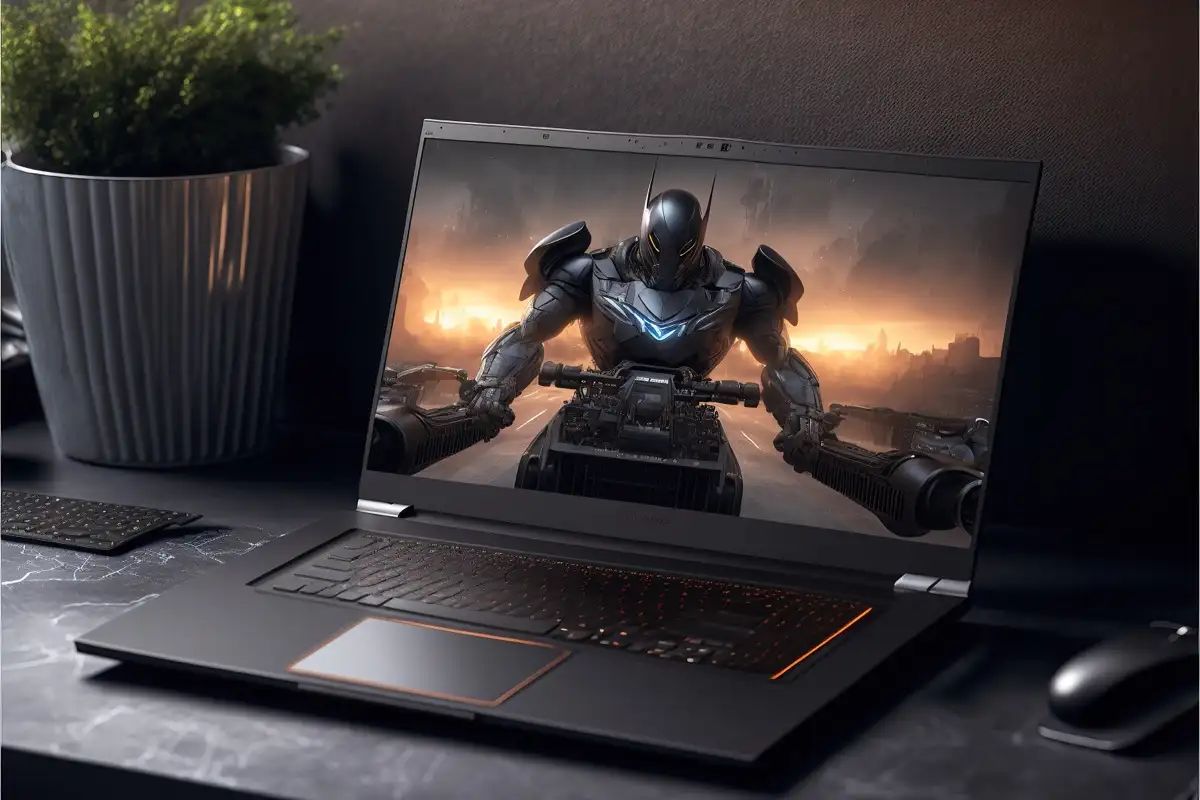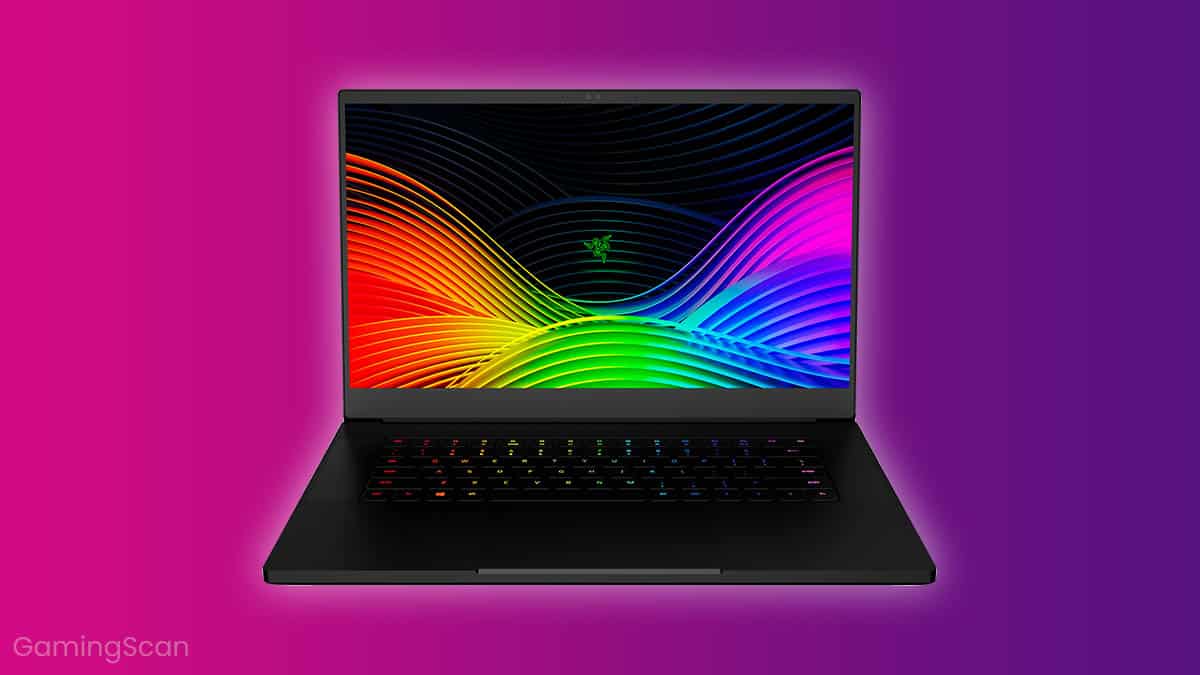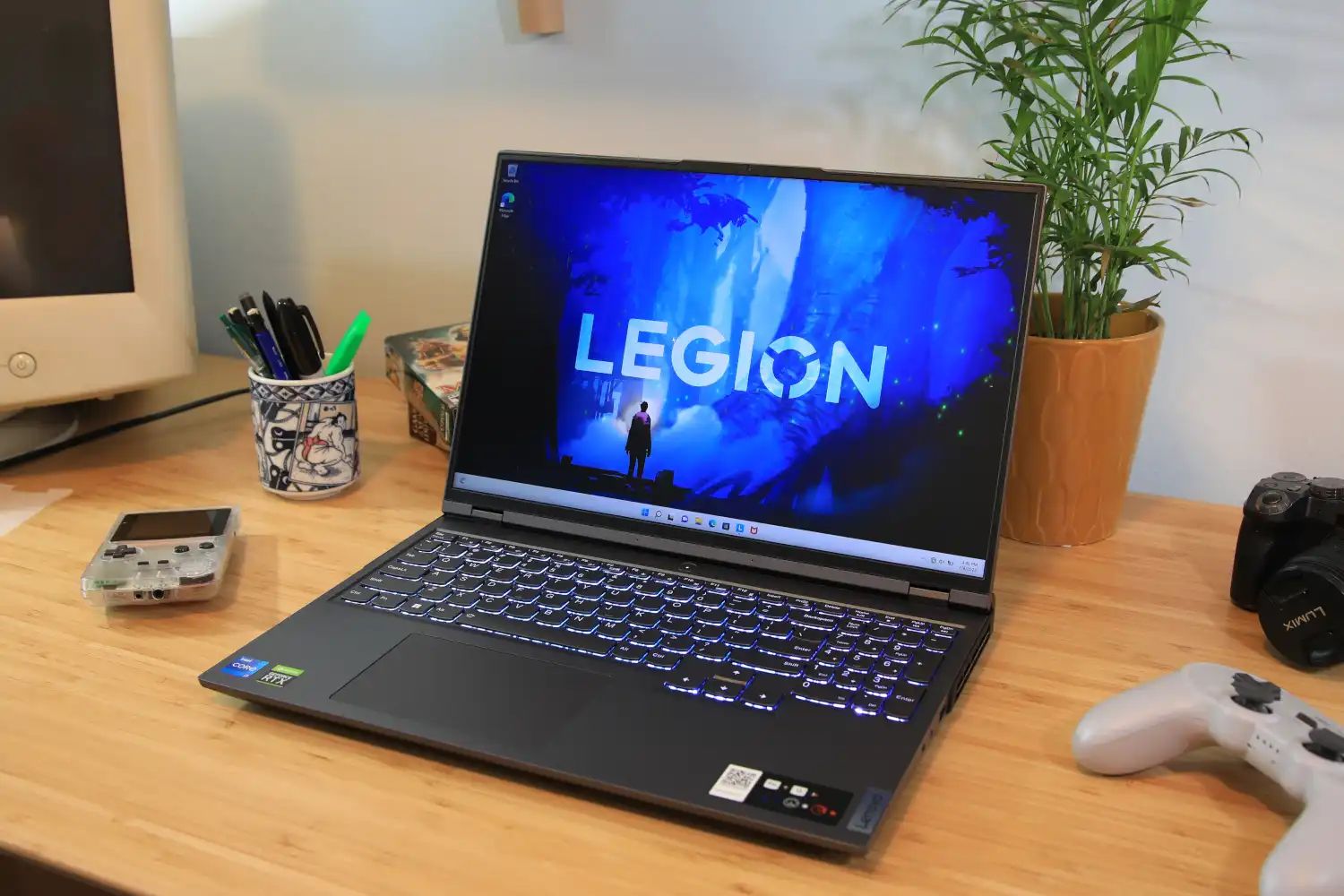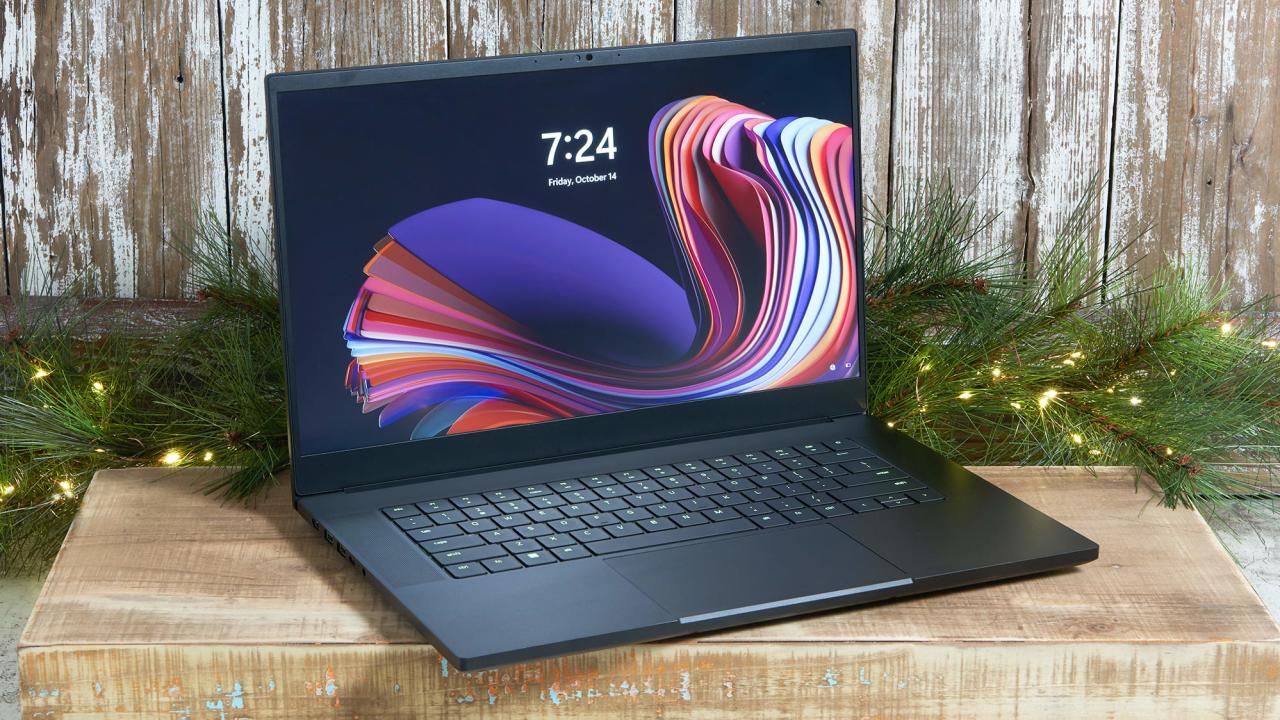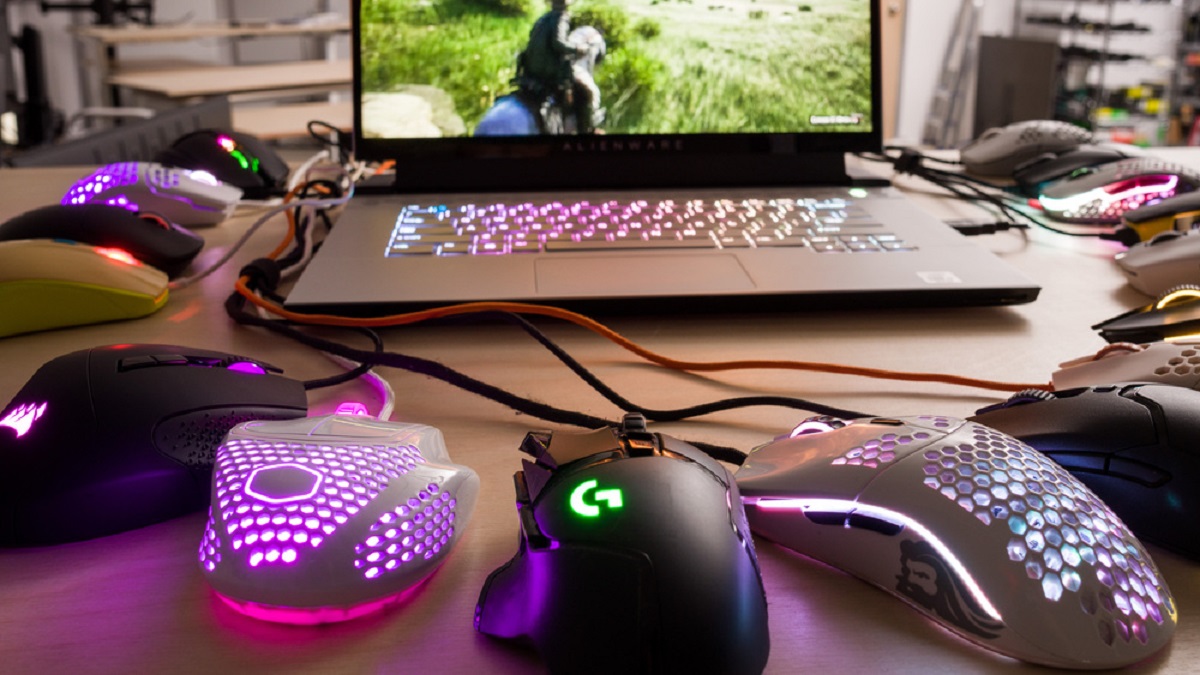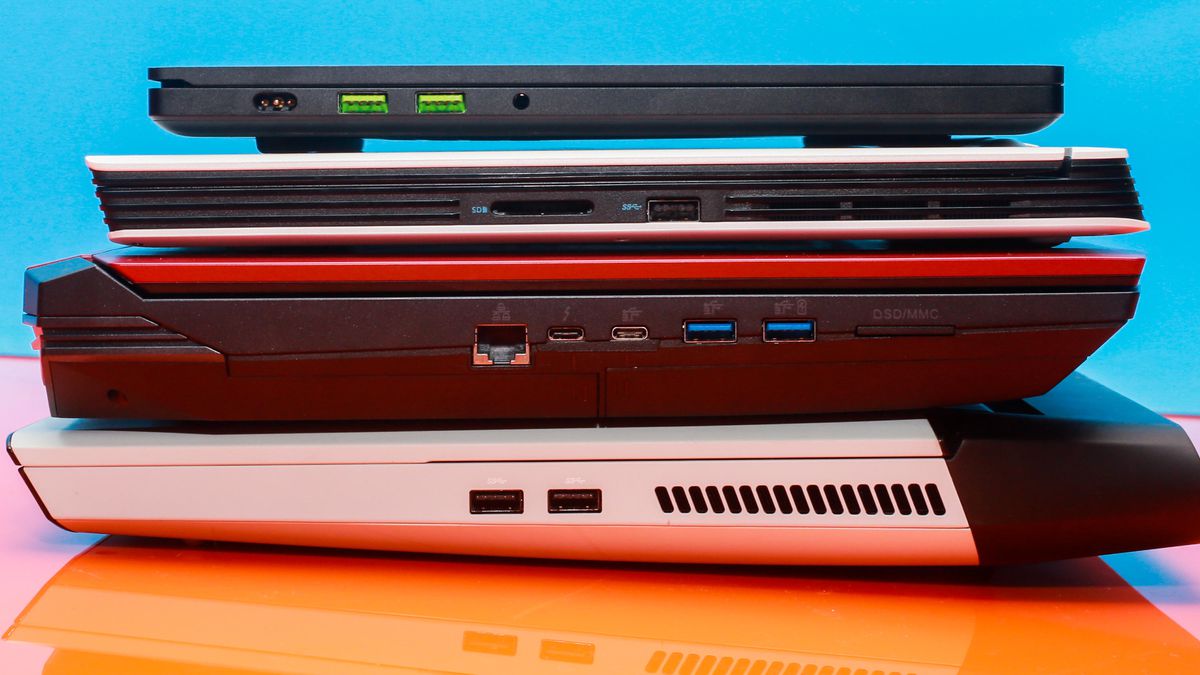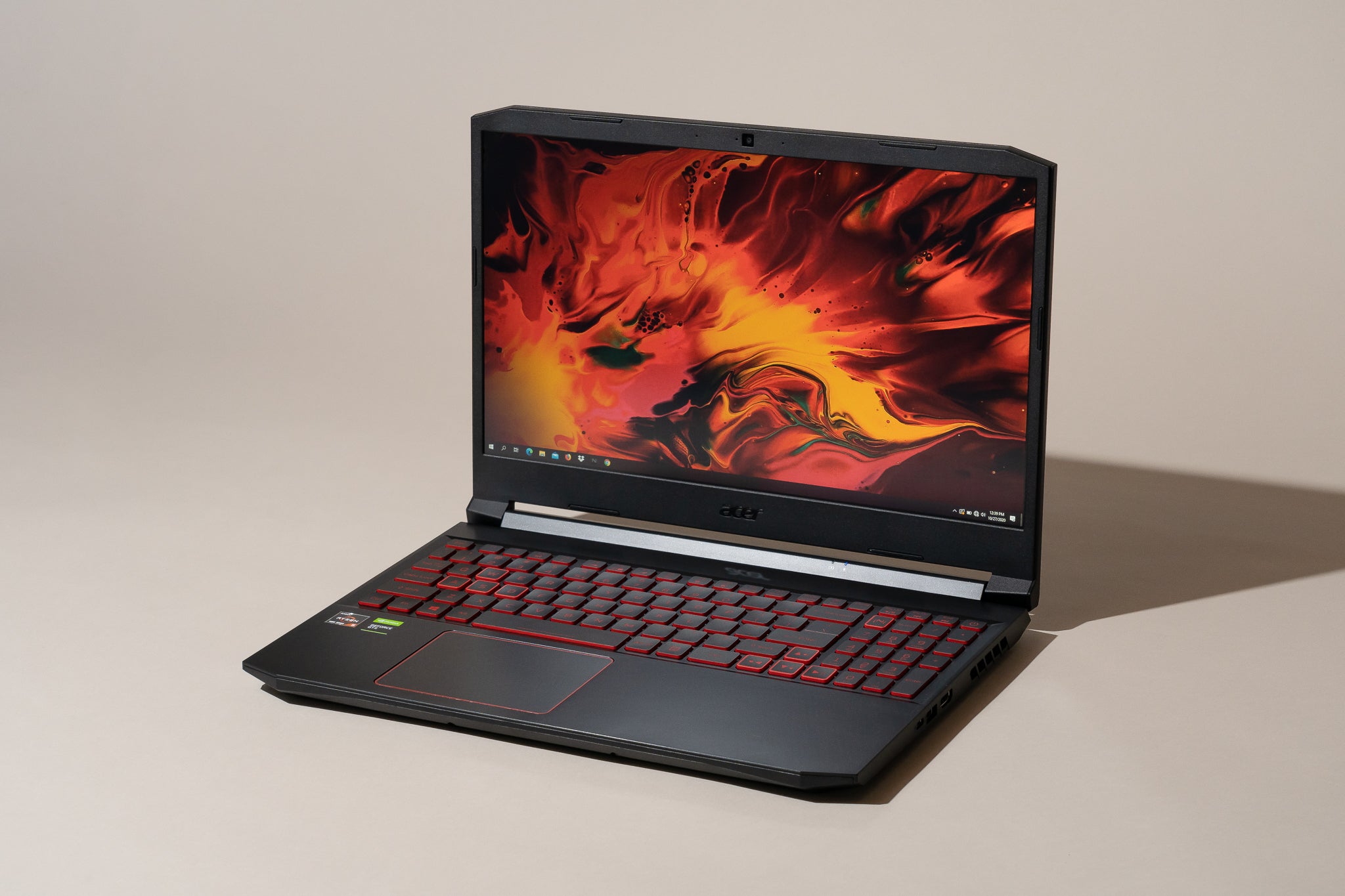Introduction
Welcome to the world of gaming laptops, where the immersive gaming experience meets unparalleled portability. Whether you are a professional gamer, a casual player, or someone who uses their laptop for a wide range of tasks including gaming, ensuring that your gaming laptop lasts for a long time is crucial. With proper care and maintenance, you can maximize the lifespan of your gaming laptop and keep it running at peak performance.
In this article, we will discuss some effective tips and strategies to help you keep your gaming laptop lasting for years to come. From regular cleaning and proper usage techniques to optimizing power settings and keeping your software up to date, these practices will not only extend the lifespan of your gaming laptop but also enhance its overall performance.
By following these tips, you can avoid common issues such as overheating, system crashes, and slow performance, which are often associated with gaming laptops that are not properly maintained. So, let’s dive into the essential practices that will help you keep your gaming laptop running smoothly and ensure an uninterrupted gaming experience.
Clean the Laptop Regularly
Regular cleaning is essential to keep your gaming laptop running smoothly and prevent the buildup of dust and dirt. Over time, dust can accumulate inside the laptop, blocking the airflow and causing the system to overheat. Here are some important steps to clean your laptop effectively:
- Turn off and unplug your laptop: Before cleaning your laptop, make sure to shut it down and unplug it from the power source.
- Use a soft cloth or compressed air: Gently wipe the exterior of your laptop with a soft cloth to remove any fingerprints or smudges. For the keyboard, you can use compressed air to blow away dust and debris between the keys.
- Clean the screen: Use a soft, lint-free cloth and a screen cleaning solution to wipe the screen gently. Avoid using harsh cleaners or abrasive materials that could damage the screen.
- Remove the dust from vents and fans: Dust can accumulate in the vents and fans, leading to overheating. Use compressed air or a soft brush to carefully clean the vents and fans. Make sure to hold the fans in place when cleaning to prevent them from spinning too fast.
- Wipe the touchpad and exterior ports: Use a soft cloth dampened with a mild cleaning solution to clean the touchpad and the exterior ports of your laptop.
- Check and clean the internals: If you are comfortable opening up your laptop, you can carefully clean the internal components, such as the cooling system and the fan, to remove any dust buildup. However, if you are not confident in your technical skills, it is best to consult a professional.
By cleaning your gaming laptop regularly, you can prevent dust buildup, improve airflow, and reduce the risk of overheating. This will not only help your laptop last longer but also maintain its optimal performance for gaming and other tasks.
Use a Cooling Pad
One of the most effective ways to keep your gaming laptop cool and prevent overheating is by using a cooling pad. A cooling pad is a device that sits underneath your laptop and helps to dissipate heat generated by the internal components. Here are a few reasons why using a cooling pad is beneficial:
- Improved airflow: A cooling pad typically has built-in fans that draw cool air from the surroundings and blow it onto the bottom of your laptop. This helps to increase airflow and reduce heat buildup, allowing your laptop to stay at optimal operating temperatures.
- Elevated laptop position: Most cooling pads feature an elevated design that raises your laptop off the surface. This elevated position helps to promote better airflow and minimizes the contact between the laptop and the surface, reducing heat transfer.
- Reduced strain on internal components: By keeping your laptop cool with a cooling pad, you can reduce the strain on internal components such as the CPU and GPU. Overheating can cause these components to work harder, leading to decreased performance and potentially damaging your hardware over time.
- Extended lifespan: Overheating is one of the primary factors that can shorten the lifespan of your gaming laptop. By using a cooling pad to maintain optimal temperatures, you can significantly extend the lifespan of your laptop and avoid costly repairs or replacements.
When choosing a cooling pad, look for one that is compatible with the size of your laptop and provides adequate cooling power. It is also advisable to opt for a cooling pad with adjustable fan speeds, as this allows you to customize the cooling performance based on your specific needs.
In addition to using a cooling pad, make sure to keep the fans and vents of your laptop clean, as mentioned in the previous section. A combination of regular cleaning and the use of a cooling pad will go a long way in maintaining the cooling efficiency of your gaming laptop and ensuring optimal performance during intense gaming sessions.
Keep the Laptop on a Hard Surface
When using your gaming laptop, it is important to place it on a hard and flat surface. Avoid using your laptop on soft surfaces like beds, couches, or pillows, as they can obstruct the airflow and cause overheating. Here’s why it is crucial to keep your laptop on a hard surface:
- Better airflow: Placing your laptop on a hard surface allows for better airflow, especially near the vents and fans. This helps in dissipating heat more effectively and prevents your laptop from overheating during extended gaming sessions.
- Prevents blocked vents: Soft surfaces can block the air vents on the bottom of your laptop, restricting the intake of fresh air and the expulsion of hot air. This can lead to an accumulation of heat inside the laptop, negatively impacting its performance and lifespan.
- Stability and protection: A hard surface provides stability to your laptop, reducing the risk of accidental falls or damage. It also protects the internal components from excessive vibrations that can occur when placed on uneven or soft surfaces.
- Enhanced ergonomics: Using a hard surface, such as a desk or table, allows you to maintain a better posture while gaming. This can help prevent discomfort and strain on your neck, back, and wrists.
If you prefer gaming on a couch or bed, consider using a laptop cooling pad with a built-in hard surface. These cooling pads provide both the stability of a hard surface and the cooling benefits mentioned in the previous section.
By keeping your gaming laptop on a hard surface, you can ensure proper airflow, prevent overheating, and protect your laptop from unnecessary damage. This simple practice can significantly contribute to the longevity and optimal performance of your gaming laptop.
Limit Background Processes and Programs
When it comes to gaming, having unnecessary background processes and programs running on your gaming laptop can negatively impact its performance. Allocating system resources to these processes can result in reduced processing power for the games you are playing. To ensure optimal gaming performance, it is important to limit the number of background processes and programs. Here are some tips to help you achieve this:
- Disable Startup Programs: Many programs automatically launch on startup, consuming valuable system resources. Disable unnecessary startup programs to free up resources and improve gaming performance. You can manage startup programs through the task manager or using dedicated software.
- Close Unnecessary Applications: Before starting a gaming session, make sure to close any unnecessary applications running in the background. This includes web browsers, music players, or any programs that are not needed for gaming.
- Manage Background Services: Some programs may have background services that continue running even when the main program is closed. Use the task manager to manage these background services and disable any that are not essential.
- Optimize Game Settings: Within the game settings, you may find options to adjust the level of graphics, resolution, and other performance-related settings. Lowering these settings can reduce the strain on your laptop’s resources and improve gaming performance.
- Use System Resource Monitoring Tools: Utilize system monitoring tools to identify processes and programs that are consuming a significant amount of system resources. This will help you identify areas where resources can be optimized or restricted as needed.
By limiting background processes and programs on your gaming laptop, you can ensure that the majority of system resources are dedicated to running the game smoothly. This can result in higher frame rates, reduced input lag, and an overall improved gaming experience.
Optimize Power Settings
Optimizing your power settings is another essential step in maximizing the performance and longevity of your gaming laptop. By adjusting power settings, you can strike a balance between energy efficiency and gaming performance. Here are some power settings optimization tips:
- Choose the High-Performance Power Plan: In the power settings menu, select the “High Performance” power plan. This option ensures that your laptop operates at maximum performance, allowing for smooth gameplay and faster processing speeds.
- Adjust Display Brightness: Lowering the display brightness can help conserve battery power, allowing for longer gaming sessions. However, make sure to maintain a comfortable brightness level for optimal visibility during gameplay.
- Modify Sleep and Hibernate Settings: Adjust the sleep and hibernate settings to prevent your laptop from entering these modes too quickly while gaming. This ensures that your gameplay is uninterrupted, as the laptop won’t go into standby mode during intense gaming sessions.
- Disable Power-Saving Features: Some power-saving features, such as USB selective suspend and power throttling, may reduce system performance during gameplay. Consider disabling these features to ensure optimal performance.
- Manage Processor Power Management: Adjust the processor power management settings to ensure that your laptop has sufficient power allocated to the CPU. Set the minimum processor state to a higher value to minimize performance dips during gameplay.
- Customize Battery Usage: If you’re gaming on battery power, adjust the battery usage settings to allow for maximum performance without completely draining the battery. You can prioritize performance over battery life or create a custom power plan to suit your needs.
By optimizing power settings, you can strike a balance between performance and power efficiency. This ensures that your gaming laptop delivers the necessary performance for gaming while maximizing battery life or minimizing energy usage when plugged in.
Update Drivers and Software Regularly
Regularly updating the drivers and software on your gaming laptop is crucial for maintaining optimal performance and compatibility. Outdated drivers or software can lead to performance issues, crashes, and even security vulnerabilities. Here’s why it is important to keep everything up to date:
- Improved Performance: Driver updates often include performance enhancements and bug fixes. By updating your drivers, you can ensure that your gaming laptop is running on the latest optimizations, resulting in smoother gameplay and improved stability.
- Compatibility: Game developers release patches and updates to optimize their games for various hardware configurations. To ensure compatibility and take advantage of any performance improvements, it is essential to update your drivers and software.
- Bug Fixes and Stability: Software updates not only introduce new features but also fix bugs and security vulnerabilities. By keeping your software up to date, you can minimize the chances of experiencing crashes, glitches, or system instability while gaming.
- Optimized Hardware Support: Graphics card manufacturers often release driver updates with specific optimizations for new game releases. To take full advantage of the capabilities of your gaming laptop’s hardware, it is important to install these driver updates.
- Security: Outdated software and drivers can pose security risks, as hackers may exploit vulnerabilities in older versions. By keeping everything up to date, you can ensure that your gaming laptop is protected against potential security threats.
To update your drivers, visit the manufacturer’s website for your laptop or individual hardware components. Look for the latest driver releases and follow the provided instructions for installation. Additionally, keep your operating system, antivirus software, and gaming platforms updated to their latest versions to ensure optimal performance and security.
Regularly checking for and installing driver and software updates will help you maintain a stable, secure, and high-performance gaming experience.
Avoid Using the Laptop While Charging
While it may be tempting to use your gaming laptop while it is plugged in and charging, it is generally advisable to avoid doing so. Here’s why you should avoid using your laptop while it is charging:
- Heat Buildup: Using your laptop while it is charging can lead to increased heat buildup. The combination of heavy usage and charging can place a significant load on the components, causing them to generate more heat. This can potentially lead to overheating and decrease the lifespan of your laptop.
- Longer Charging Time: Using your laptop while charging can significantly increase the time it takes to fully charge the battery. This is because the laptop is simultaneously drawing power for usage and charging the battery, which slows down the charging process.
- Strain on Battery Health: Using your laptop while it is plugged in can put unnecessary strain on the battery. Constantly cycling between charging and discharging can degrade the overall health of the battery, reducing its lifespan and capacity over time.
- Unstable Power Supply: Power fluctuations or interruptions can occur when charging your laptop. These fluctuations can potentially damage the internal components or corrupt your data while actively using the laptop.
To maximize the lifespan of your battery and ensure optimal performance, it is recommended to complete charging before using your gaming laptop. Allow the battery to reach a full charge, then unplug the laptop and use it on battery power. Once the battery starts to drain, you can plug it back in for charging.
If you need to use your laptop for an extended period, it is still advisable to let it charge first until it reaches a suitable charge level. This will reduce strain on the battery and the heat generated while using the laptop.
By avoiding the use of your laptop while it is charging, you can preserve the overall health of the battery and maintain a more stable and efficient performance during your gaming sessions.
Store the Laptop Properly When Not in Use
Proper storage of your gaming laptop when it is not in use can help protect it from damage and extend its lifespan. By following some key practices, you can ensure that your laptop remains in optimal condition during periods of non-use. Here are some important tips for storing your gaming laptop:
- Keep it in a Cool and Dry Place: Choose a storage location that is away from direct sunlight, excessive humidity, and sources of heat. Extreme temperatures can degrade the laptop’s components and affect battery performance.
- Use a Protective Case or Sleeve: Consider investing in a good-quality laptop case or sleeve to provide an additional layer of protection against dust, scratches, and accidental bumps or falls when transporting or storing the laptop.
- Remove Peripherals and Discs: Before storing your laptop, disconnect any external devices, such as USB drives or peripherals, and remove any DVDs or CDs from the optical drive. This reduces the risk of damage and ensures that no valuable items are lost or misplaced.
- Ensure Proper Ventilation: If you are using a laptop bag or a sleeve for storage, make sure it allows for adequate airflow. Proper ventilation helps prevent excessive heat buildup during storage, which can impact the performance and longevity of your laptop.
- Keep the Battery Partially Charged: If you are storing your laptop for an extended period, ensure that the battery is partially charged (around 50-70%). Storing a fully charged or completely drained battery for an extended time can lead to its degradation.
- Regularly Power On and Update: Even when not in use, it is beneficial to occasionally power on your laptop and perform software and firmware updates. This helps ensure that your laptop’s software and drivers are up to date, minimizing potential security risks and improving overall performance when you next use it.
Following these storage practices will help protect your gaming laptop from damage, prolong its lifespan, and ensure that it is ready for use when you need it.
Conclusion
In conclusion, taking proper care of your gaming laptop is essential if you want it to last and perform at its best. By following the tips mentioned in this article, you can maximize the lifespan of your gaming laptop and ensure an enjoyable gaming experience for years to come.
Regularly cleaning your laptop, using a cooling pad, and keeping it on a hard surface help prevent overheating and maintain optimal performance. Limiting background processes and programs, optimizing power settings, and updating drivers and software contribute to a smoother gaming experience with improved efficiency and stability.
Additionally, avoiding the use of your laptop while charging and storing it properly when not in use are important practices to protect the internal components and extend battery life. By implementing these habits, you can protect your investment and avoid costly repairs or replacements.
Remember, taking care of your gaming laptop is an ongoing process. Regular maintenance, staying updated with the latest software and drivers, and observing good usage habits will help you get the most out of your gaming laptop and enjoy a seamless and uninterrupted gaming experience.







